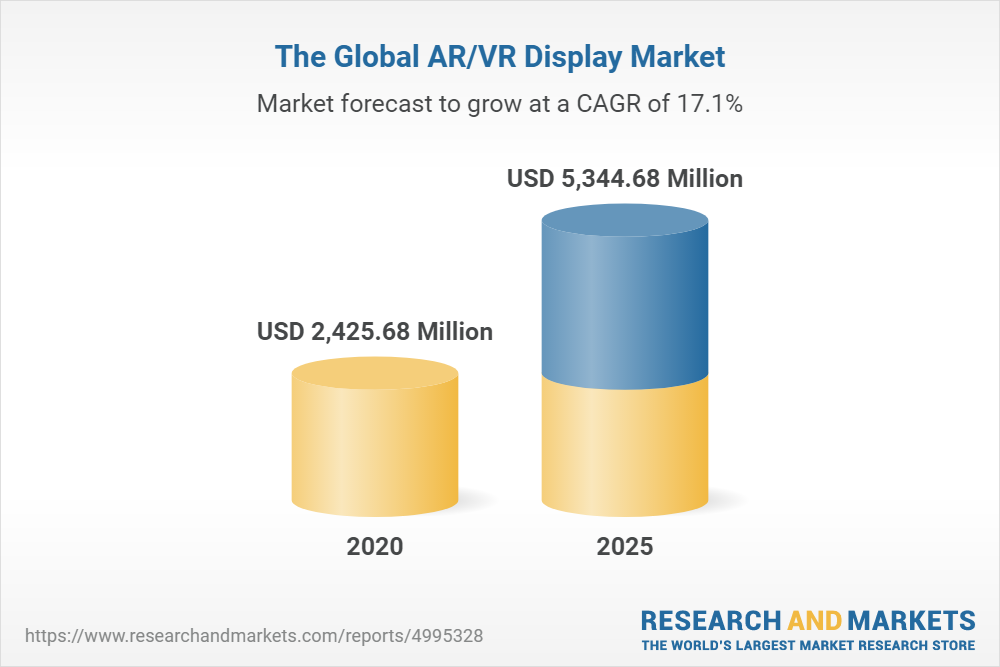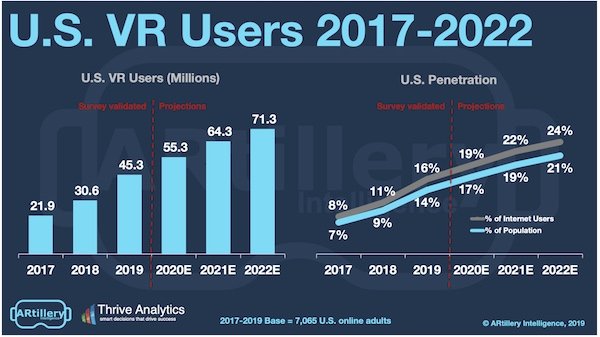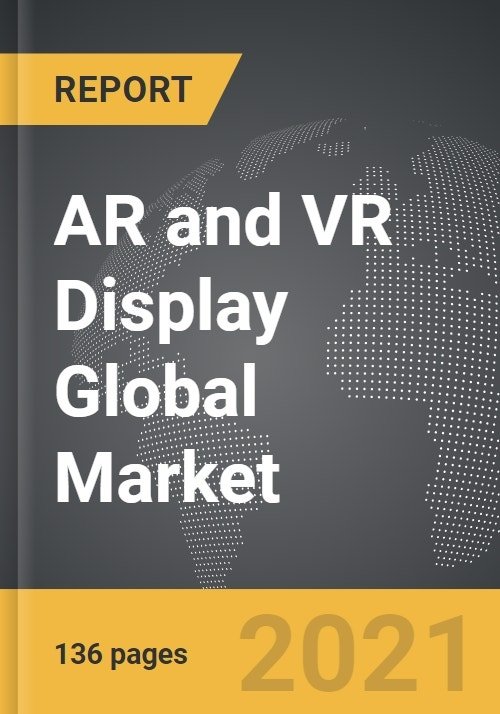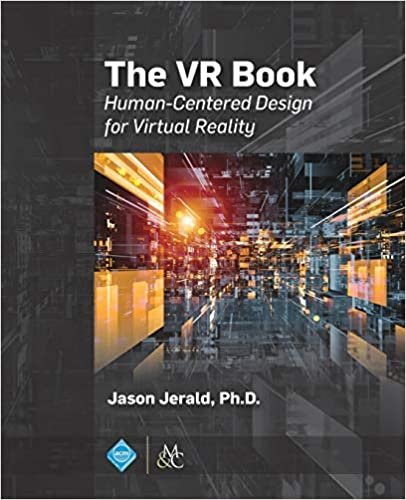
I projected the global AR and VR display market size valued at USD 994 million in 2021 and to reach USD 5,102 million by 2026. I expect it to grow at a CAGR of 38.7% during the forecast period. Growing adoption of AR and VR devices in various applications, increasing demand for OLED displays in AR and VR devices, growing adoption of AR and VR HMDs in different industries, and adoption of AR and VR devices in gaming industry are the key driving factors for the AR and VR display market. However, development of wide screen alternatives and limited availability of relevant content hampering the growth of the market.
HMDs to witness a higher CAGR during the forecast period
Using AR HMDs for enterprise and healthcare applications will be the major factor driving the growth of the market in the next 5 years. We use aR HMDs in different applications, including consumer, commercial, enterprise, aerospace & defense, automotive, and healthcare. Using AR HMDs in retail would drive the market growth for AR HMDs for commercial applications. The increasing number of local manufacturers and the growing adoption of VR HMDs in APAC are among the major factors for the high estimated growth of VR HMDs in APAC. Local vendors have been promoting their products at a lower price than the tech giants that have entered this space with high-end products. Though per unit cost of products is low in this region, the high sales volume of these products in the region will lead APAC to be the major shareholder of the market during the forecast period.
Consumer application to account for the largest share of the VR display market during the forecast period
The consumer application held the largest size of the VR display market in 2020. Introducing VR in consumer technologies has led to the launch of many innovative products in the market. Continuous decline in the cost of VR devices, software developments, and relevant content developments are driving the market for VR. The growing use of VR HMDs for gaming will propel the market for consumer applications. Virtual reality technology offers remarkable visual effects when used in gaming and sports broadcasts. The demand for head-mounted displays is high in consumer applications because of their use in gaming and sports & entertainment. Samsung Gear VR, Oculus Rift, PlayStation VR, and HTC Vive are among the popular HMDs that are used in various consumer applications.
APAC to account for the largest share during 2021-2026
Countries such as China, Japan, and South Korea due to major display manufacturers drive the VR display market growth in APAC, growing consumer demand, and decreasing price of VR devices. Owing to several display panel manufacturers in the region, the adoption of the latest display technologies is high in APAC. Using VR displays in APAC expected to grow in healthcare, commercial, and enterprise verticals. The commercial and enterprise verticals in APAC have adopted these displays at large, owing to the easy availability of VR devices in the region.
In-depth I have interviewed with chief executive officers (CEOs), marketing directors, other innovation and technology directors, and executives from various key organizations operating in the AR and VR display marketplace.

Key Topics Covered:1 Introduction2 Research Methodology3 Executive Summary
3.1 AR and VR Display Market: Pre-COVID-19 and Post-COVID-19 Scenarios
3.1.1 AR and VR Display Market: Realistic Scenario
3.1.2 AR and VR Display Market: Optimistic Scenario
3.1.3 AR and VR Display Market: Pessimistic Scenario4 Premium Insights
4.1 Attractive Growth Opportunities in AR and VR Display Market
4.2 AR and VR Display Market, by Technology
4.3 AR Display Market, by Application
4.4 VR Display Market, by Application
4.5 AR and VR Display Market, by Device Type
4.6 AR and VR Display Market, by Display Technology
4.7 AR and VR Display Market, by Region5 Market Overview
5.1 Introduction
5.2 Market Dynamics
5.2.1 Drivers
5.2.1.1 Growing Adoption of AR and VR Devices in Various Applications
5.2.1.2 Increasing Demand for OLED Displays in AR and VR Devices
5.2.1.3 Growing Adoption of AR and VR HMDs in Different Industries
5.2.1.4 Adoption of AR and VR Devices in Gaming Industry
5.2.2 Restraints
5.2.2.1 Development of Widescreen Alternatives
5.2.2.2 Limited Availability of Relevant Content
5.2.3 Opportunities
5.2.3.1 Growing Demand for AR and VR Devices Post COVID-19 Outbreak
5.2.3.2 Rising Investments in AR and VR Ecosystem
5.2.3.3 Rising Technological Advancements and Growing Use of Microdisplays in AR and VR Devices
5.2.3.4 Surging Adoption of AR Technology for Enterprise Applications
5.2.4 Challenges
5.2.4.1 Display Latency and Limited Field of View
5.2.4.2 Complex Processes Involved in Manufacturing AR and VR Displays
5.2.4.3 Developing User-Friendly AR/VR Systems
5.3 AR and VR Display Market: Ecosystem
5.4 Pricing Analysis
5.5 Porter's Five Forces Analysis
5.5.1 Threat of New Entrants
5.5.2 Threat of Substitutes
5.5.3 Bargaining Power of Buyers
5.5.4 Bargaining Power of Suppliers
5.5.5 Degree of Competition
5.6 Patent Analysis
5.7 Standards and Regulations Regarding AR and VR Display Panels
5.7.1 Key Regulations for Display Panels
5.8 Trade Analysis
5.9 Case Studies
5.9.1 Introduction
5.9.2 AR in Corporate
5.9.3 AR in Warehouse Management
5.9.4 AR in Retail
5.9.5 VR in Manufacturing
5.9.6 VR in Manufacturing
5.9.7 VR in Corporate
5.9.8 AR in Marketing
5.10 Technology Trends
5.10.1 High Adoption of AR Smart Glasses to Improve Work Efficiency
5.10.2 Increased Demand for AR for Rugged Display Applications
5.10.3 Microdisplays for VR
5.10.4 Web AR
5.10.5 Mobile Augmented Reality (MAR)6 AR and VR Display Market, by Technology
6.1 Introduction
6.2 Augmented Reality
6.2.1 Micro-Led Display Technology to Lead AR Display Market
6.3 Virtual Reality
6.3.1 New OLED Display Technology is Likely to be Vigorously Adopted in VR Display Market in Coming Years7 AR and VR Display Market, by Device Type
7.1 Introduction
7.2 Head-Mounted Displays
7.2.1 AR Head-Mounted Displays
7.2.1.1 Use of AR HMDs for Enterprise and Healthcare Applications Will be Major Factor Driving Market Growth
7.2.2 VR Head-Mounted Displays
7.2.2.1 OLED Technology is Replacing LCD in VR HMDs
7.3 AR Head-Up Displays
7.3.1 Extensive Use of AR HUDs in Automotive Applications to Drive Market Growth
7.4 VR Projectors
7.4.1 Rise in Demand for VR Projectors Due to Virtual Working Culture to Support Market Growth
7.5 Impact of COVID-19 on Devices8 AR and VR Display Market, by Display Technology
8.1 Introduction
8.2 OLED
8.2.1 Adaptive Frequency and Less Power Consumption Increase Demand for OLED Displays in VR HMDs
8.3 LCD
8.3.1 Technological Advancements and Decreasing Price Will Support Demand for LCD Technology-Based AR/VR Devices
8.4 Others
8.4.1 Micro-Led
8.4.2 Liquid Crystal on Silicon (LCOs)
8.4.3 Digital Light Processing (DLP)9 AR and VR Display Market, by Application
9.1 Introduction
9.2 AR Display Applications
9.2.1 Consumer
9.2.1.1 Gaming
9.2.1.1.1 AR Smartglass Headsets Create Immersive Experience in Gaming
9.2.1.2 Sports and Entertainment
9.2.1.2.1 AR HUDs Are Extensively Used in Movies, Sports, and Theme Parks
9.2.2 Commercial
9.2.2.1 AR HMDs Are Widely Used for Commercial Applications
9.2.3 Enterprise (Manufacturing)
9.2.3.1 AR Devices Helps to Improve Efficiency and Accuracy in Manufacturing Industry
9.2.4 Automotive
9.2.4.1 AR HUDs and AR Glasses Are Extensively Used in Automobiles
9.2.5 Healthcare
9.2.5.1 AR Technology Can Help in Reduction of Complexities in Surgeries and Other Medical Procedures in Healthcare
9.2.6 Aerospace & Defense
9.2.6.1 Leading Aircraft Manufacturers Such as Boeing and Airbus Are Adopting AR HMDs and HUDs
9.2.7 Energy
9.2.7.1 Improving Safety, Maintenance & Repair, Training, and Knowledge Sharing Are Crucial Energy Applications of AR Devices
9.2.8 Others
9.3 VR Display Applications
9.3.1 Consumer
9.3.1.1 Gaming
9.3.1.1.1 VR Displays Are Used in Gaming to Facilitate Immersive Gaming Experience
9.3.1.2 Sports and Entertainment
9.3.1.2.1 VR in Sports & Entertainment Can Enhance Audience Experience and Facilitate Higher User Engagement
9.3.2 Commercial
9.3.2.1 VR HMDs Are Used in Commercial Applications Such as Advertisements, Marketing & Retail, and Fashion
9.3.3 Enterprise (Manufacturing)
9.3.3.1 VR Display Devices Are Used in Manufacturing Sector for Personnel Training, Remodeling and Redesigning, and Industrial Simulations
9.3.4 Healthcare
9.3.4.1 VR Display Devices Help Medical Professionals in Pain Management, Exposure Therapy, Stroke Rehabilitation, Education, and Surgical Planning
9.3.5 Aerospace & Defense
9.3.5.1 VR Projectors Are Being Used to Create Combat Simulations and Maneuvers in Aerospace & Defense Applications
9.3.6 Others
9.3.7 COVID-19 Impact on Major Applications10 Geographic Analysis
10.1 Introduction
10.2 APAC
10.3 North America
10.4 Europe
10.5 RoW11 Competitive Landscape
11.1 Overview
11.2 Ranking Analysis of Key Players in AR and VR Display Market
11.3 Market Share Analysis
11.4 Revenue Analysis (Display Business)
11.5 Market Evaluation Framework
11.6 Company Evaluation Matrix
11.6.1 Star
11.6.2 Emerging Leader
11.6.3 Pervasive
11.6.4 Participant
11.6.5 Product Footprint
11.7 Startup/SME Evaluation Matrix: AR and VR Display Market
11.7.1 Progressive Company
11.7.2 Responsive Company
11.7.3 Dynamic Company
11.7.4 Starting Block
11.8 Competitive Scenario
11.8.1 Product Launches
11.8.2 Deals
11.8.3 Expansions12 Company Profiles
12.1 Introduction
12.2 Key Players
12.2.1 Samsung Electronics
12.2.2 LG Display
12.2.3 AU Optronics (AUO)
12.2.4 Sony
12.2.5 eMagin Corporation
12.2.6 Kopin Corporation
12.2.7 Japan Display (JDI)
12.2.8 Barco
12.2.9 BOE Technology
12.2.10 Syndiant
12.3 Other Players
12.3.1 Tianma Microelectronics
12.3.2 Truly International
12.3.3 Himax Technologies
12.3.4 Innolux Corporation
12.3.5 Seiko Epson
12.3.6 Holoeye Photonics
12.3.7 Jasper Display Corp. (JDC)
12.3.8 Yunnan Olightek Opto-Electronic Technology
12.3.9 Panasonic
12.3.10 Universal Display Corporation
12.3.11 Raontech
12.3.12 Everdisplay Optronics
12.3.13 Creal
12.3.14 Plessey
12.3.15 New Vision Display (NVD)13 Appendix
13.1 Discussion Guide
13.2 Knowledge Store: the Subscription Portal
13.3 Available Customization
I recommend all virtual reality tech lovers to read the following books on Amazon

You should also check out the following articles:
- VR BUYING GUIDE AND THE BEST VR HEADSET FOR 2022
- A meta market opportunity: The metaverse could soon be worth $1 trillion
- Facebook wants to build a metaverse. Microsoft is creating something even more ambitious.
- How to succeed in the virtual reality world of tomorrow?
- Books you must read about virtual reality
- Best New Augmented Reality Books To Read In 2021
- US$ 4.7 Billion- The global augmented reality gaming market
- The smart glasses revolution is about to get real
- Consumer Brands Reinventing Marketing in the Metaverse
- Imagine Making Money in Rec Room
- The biggest AR and VR predictions of 2022
- Apple hired Meta's AR communications lead ahead of the 2022 launch of the headset.
- Who Will Be in Charge of the Metaverse?
- The Kingdom of Abraham: The first Jewish metaverse
- Gen Z are planning to spend thousands on cryptocurrency, NFTs and metaverse
- According to Goldman Sachs, the metaverse must run on blockchain
- What You Can Create With a Small Piece of Land in the Metaverse
- How To Buy Land In The Metaverse?





